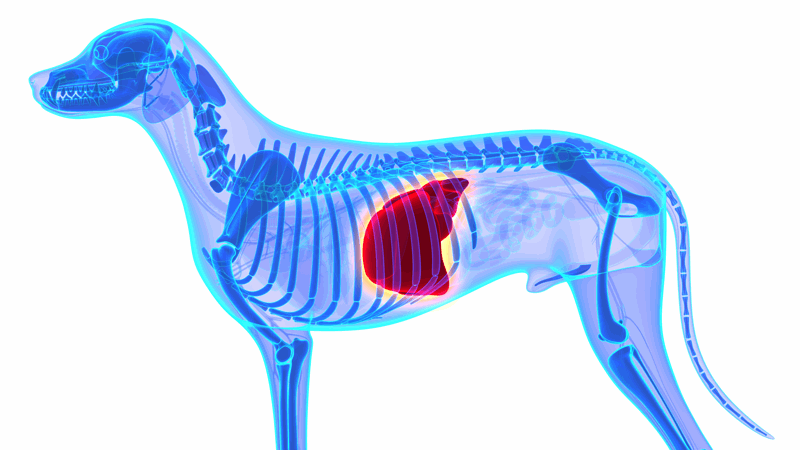Poisons affecting the liver
The liver is a multifunction organ involved in metabolism and synthesis of essential compounds. As the first organ after the gut to receive ingested substances and because of its role in metabolism, it is at particular risk of damage from ingested poisons and their toxic metabolites. Poisons affecting the liver are discussed in this second article on poisons by organ system. Among the most readily accessible liver toxicants are xylitol and paracetamol, which are commonly available in the home. The mechanism of xylitol-induced liver toxicity is unknown, but paracetamol is metabolised to toxic metabolites when normal mechanisms are overwhelmed and/or inadequate. Various natural sources of hepatotoxins are also discussed including some mushroom species (e.g. some Amanita species and Gyromitra esculenta), some cyanobacteria (blue-green algae) and plants such as cycads which can be grown as houseplants. The mechanism of liver damage with these natural sources includes direct hepatotoxins and toxic metabolites. The management of toxic liver damage is generally supportive with gut decontamination where appropriate and liver protectants, such as acetylcysteine and S-adenosyl-L-methionine (SAMe).
Nicola Bates -
